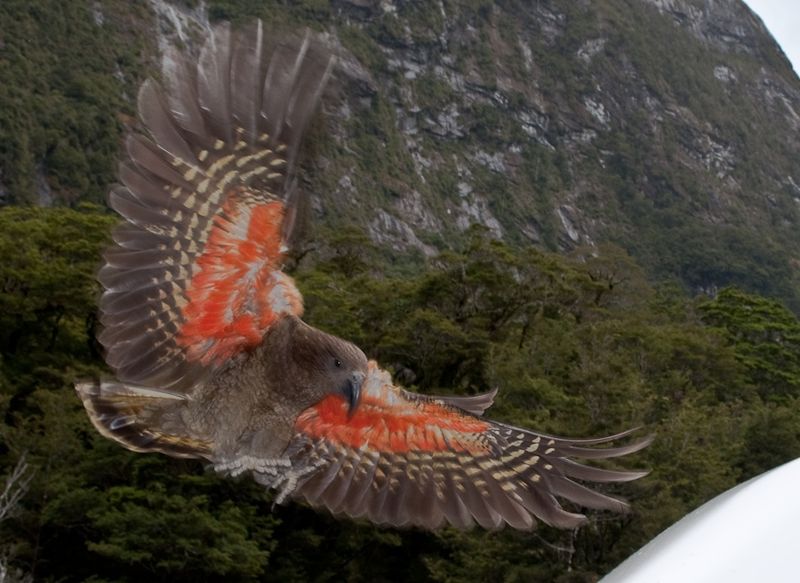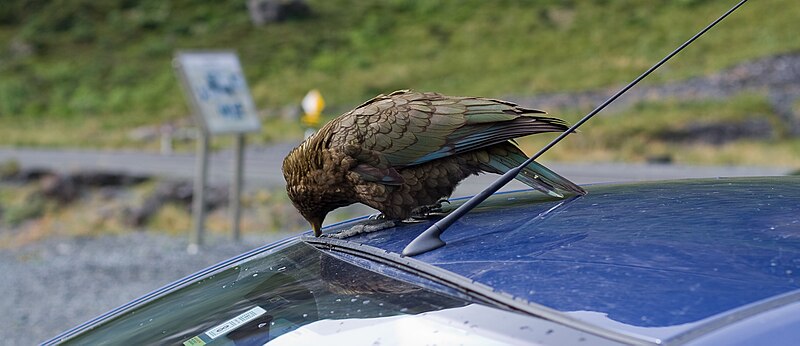January is ending fast. Before you know it, it'll be February and then Spring will be in the air! Where does the time go? I don't have much to share today in regards to news, so I'll display our usual "Days Till" section, breeze through "In the Spotlight" and get into today's topic.
Days Till
It is: 13 days till Groundhog Day
It is: 23 days till Abraham Lincoln's Birthday
It is: 25 days till Valentine's Day
It is: 44 days till Zootopia's theatrical release
It is: 44 days till Zootopia's theatrical release
In the Spotlight
Since it's coming out really soon, I thought I'd showcase the latest trailer for Zootopia, coming out on March 4th:
Since it's coming out really soon, I thought I'd showcase the latest trailer for Zootopia, coming out on March 4th:
Can't wait for this movie!!!
Topic of the Week
It's
used to build snowmen out of, it's used in snowball fights, we shovel
it from our sidewalks and driveways, and causes many car-related
accidents each year. I'm talking about snow! It's quite literally
everywhere in the more northern parts of the northern hemisphere
during the winter months. But even though we all know
what snow is, many don't know and haven't even thought about how it
forms, why it falls, the conditions in which snow falls and many
other things. So today, since it's still very snowy in many parts of
the world during this time of year, these are just some of the things
we're going to learn about.
 |
| Snowmen is one of the most common uses for snow. |
So what
exactly is snow? Well, your typical answer would be something like
“that white, fluffy stuff on the ground that falls from the sky
during winter time”, and your typical school kid's answer would be
something like “that white, fluffy stuff on the ground that falls
from the sky that delivers us from the bondage of school!” In all
seriousness though, snow is actually precipitation in the form of
crystalline iced water. Snow's origins (there's a topic you don't
hear everyday!) are not known to well; we have no idea if snow ever
was present in the world before the Genesis Flood around 4,350 years
ago, but based on geological finds, we believe that if it ever did
fall, it wasn't very often and the temperature of the pre-Flood world
wasn't all that cold. What sorts of geological finds am I talking
about? Well, one prime example is the findings of fossilized trees in
what are today known as the polar regions. These trees are not only
the ones you'd find in the tropics today, but they also lack frost
rings, meaning if it did ever get freezing, it wasn't often, if ever.
Snow
started falling in great bunches after the climax of the Genesis
Flood. Thanks to the warm temperature of the oceans (which were made
warm by the volcanic activity during the Flood), much water was
evaporated and clouds formed. It is important to know that the land
after the Flood was relatively cold in many places, so when it was
time for the clouds to drop their loads, it fell down as snow in some
places . . . lots of snow! The snow built up so much after several
hundred years had past, the snow had turned to ice that covered much
of the Northern hemisphere in great sheets known as glaciers. We call
this period of time following the Flood “the Ice Age”. The
glaciers eventually disappeared at the end of the Ice Age, about 700
years following the Flood.
How
exactly is snow formed? Contrary to popular belief, snow isn't merely
frozen water – that's ice. The actual formation of snow takes place
when a drop of really cold water (and I do mean really
cold!) freezes onto a tiny particle of dust or pollen and
crystallizes. This “ice crystal” then proceeds to fall to the
ground from the clouds and water vapor freezes to the primary
crystal, causing it to reshape itself into the six-armed snowflakes
we all know and love. (Keep that in mind the next time you try to
catch snowflakes on your tongue).
 |
| Snowflakes are so beautiful! Did you know that no two snowflakes look alike? |
So now
that we now how it's caused, what needs to take place in order for
snowfall to take place? The most obvious thing is that it needs to be
cold, otherwise when the “snow” falls, it will quickly melt into
water and the water vapor crystal can't freeze to the original ice
crystal. The temperature But there's another key thing: the ice
crystals have to be heavy enough to drop from the clouds. Once heavy
enough, gravity does its job of pulling the snowflake down to earth
where bunches of little snowflakes add up . . . often times very
fast!
Even
though snow causes many fatal vehicle accidents each year, there are
some positive things that snow does for us. First of all, many people
have fun sledding, snowboarding and skiing when there's enough snow
on the ground. Sleighs and sleds pulled by horses, dogs or other
animals are also a fun winter activity that many enjoy. Snow is also
used in other outdoor activities such as building snowmen, having
snowball fights and making snow angels.
Did you
know that snow can also be beneficial to agriculture? Did you ever
notice when it's snowing how it seems warmer out during winter?
That's because when a layer of snow falls, it can keep the heat of
the earth and protect precious crops from freezing cold winter
chills. And when the snow melts and refreezes on sensitive crops such
as oranges, it can protect them from those colder days during the
winter. There's also another added bonus when snow melts: the water
released from melting snow waters the crops.
Now you
know all about snow – it's formation, the conditions in which it
needs to fall and even a little bit about how important it can be to
agriculture! Let's thank God for allowing us to enjoy this wonder of
nature that He's allowed to happen for our enjoyment!



